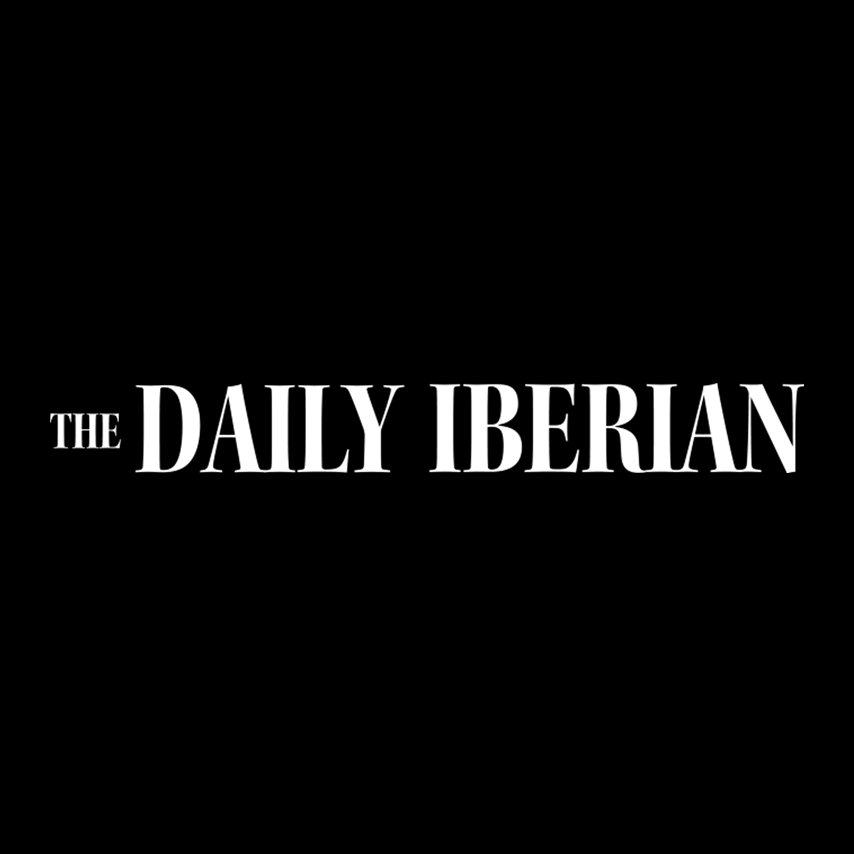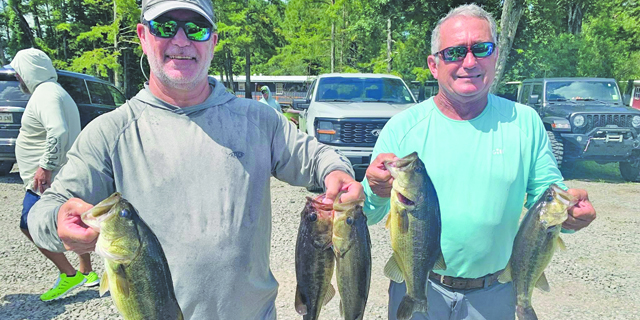Cancer Survivors
Published 3:00 am Monday, October 17, 2022

- When Caély (left) tested positive for the presence of the BRCA2 gene mutation, she urged her sister Carly (right) and mother Bridgette Delahoussaye (seated) to be tested.
As sisters, Caély Romero and Carly Tajmir shared the same room throughout their childhood, the same hair color, even the pageant title of Miss New Iberia. But they also shared a gene that gave them five times a greater chance of getting breast cancer.
Trending
It was almost a year after Caély had thyroid cancer when she and her husband decided to try and conceive a second child. “One night my chest was sensitive and, while I was changing, I noticed a lump in my left breast,” she recalls. A biopsy in 2015 revealed invasive ductal carcinoma. She was 24.
“I was exhausted just hearing the news that I had cancer again,” says the New Iberia native. “And I was scared because I had just found out, the night before, that I was five weeks pregnant.”
Owning Their Decisions
Caély’s breast cancer also tested positive for the presence of the BRCA2 gene mutation, and while there was no family history of breast cancer, her doctor recommended that her mother and sister be tested. It turned out, both had the BRCA gene.
Even though Caély’s mother didn’t have cancer, she chose to have a double mastectomy.
Trending
Carly, a Florida resident for the past five years, went a different route. “As soon as I found out I had the BRCA gene, my husband and I hurried to have kids so I could breastfeed,” she says. “We had two children by 2018, nearly 18 months apart. Then in March of 2019, while they were prepping me for a prophylactic mastectomy, they found a tumor in the left breast, same as Caély – invasive ductal carcinoma. I was 32. I wasn’t surprised; I had owned the decision to put off the mastectomy because I wanted to breastfeed my children.”
Caély waited until her second trimester before starting chemotherapy at MD Anderson in Houston, where there is a special unit for pregnant cancer patients.
A Super Mom is Born
The drive to Houston would eventually wear on Caély as she withstood the chemotherapy treatment she nicknamed the “Red Devil,” followed by 16 rounds of Taxol for four months. Carly drove from Florida to be with her younger sister as often as she could. Two weeks after the last treatment, Caély delivered a healthy son, Rowan. Another two weeks later, she had a single mastectomy so that she could breastfeed for three months. She began radiation treatments while breastfeeding, explaining “it was safe because the right breast had not been treated.” With 90 days of radiation behind her, she returned to her teaching job at Westgate High in New Iberia. Finally, a year later, she underwent a total hysterectomy to reduce her risk of ovarian cancer, and then, at the same time, the second mastectomy and double reconstruction.
Watching Caély go through what she did while pregnant, Carly says helped her face her own treatments: 16 rounds of chemotherapy, a double mastectomy, 25 rounds of radiation and a full hysterectomy. Things took a turn immediately after the hysterectomy, when she was informed that 13 of 32 lymph nodes were positive for cancer. The lymph nodes on her left side were removed during the mastectomy, and she faced an additional six months of chemotherapy. Nearly two years passed before she was able to have reconstructive surgery.
While Caély had prepared Carly for a lot, Carly says, “The hardest part of the treatments was losing my hair – but not for the reason you think. It was what told people that I was sick and gave them a perception of me. I didn’t want pity. Through it all some pretty amazing things happened. I had a wonderful job, in human resources and talent for a corporate veterinary group, but going through cancer I realized how limited my time was. I left the job, and we opened a vet hospital practice during the treatment.”
Caély says hot flashes made her feel “like my insides were cooking.” In hindsight she adds, “I wish I hadn’t wasted money on a wig; it was too hot to wear. And, the Taxol caused neuropathy; and the doctor gave me Benadryl for that, which added to my sleepiness.”
Tips on Coping
Caély says taking prenatal vitamins and adhering to a Paleo diet through her entire chemo treatment alleviated nausea. “Also after every radiation treatment, I put pure lanolin on the treated area,” she notes.
To those newly diagnosed with cancer, she advises, “Get emotional help from a therapist or a friend. You feel like you’re alone with this. I went through a bad phase after treatment being angry at people for complaining about trivial issues, and I had to take a step back and talk to someone about it.”
With her medical background, Carly relied heavily on research. “I learned the makeup of my cancer,” she points out. “I saw an integrative doctor who came up with a Mediterranean and vegan diet that decreased inflammation and eased my pain and helped build up my bones – since I didn’t have ovaries. Not eating meat really helped control hot flashes and allowed me to sleep better. I also tried a chiropractor. Juicing fruits and vegetables helped me function quicker – to be mom. I also gave up ‘trigger’ foods like caffeine, alcohol and chocolate.”
Reaching the Other Side
Three and a half years since her diagnosis, Carly says, “I feel wonderful. I ran a half marathon four months ago and have my eyes set on another by the end of this year.”
Caély is six years cancer free. She started a new job as an account executive at Acadiana Lifestyle this May. To stay active she says, “I do lots of walking and playing virtual reality games, like Beat Saber, that require lots of dodging and hand swiping.”
Still living states apart, the sisters speak daily.
Preparing the Children
Though they’ve survived their cancers, Caély and Carly live with a lingering fear of their children inheriting the BRCA gene. They’ve already had conversations with them about the disease and explained why they will need to be tested when they’re 18.
“They understand what cancer is, what a mastectomy is, and they know about the BRCA gene,” assures Caély. “We didn’t want to wait until they were old enough to test to give them all this information. It’s a part of our lives, so we’re making it comfortable to talk about now, so that it’s not a shock when they test.”
Carly and her husband took precautions and saved blood from their daughter’s umbilical cord, which contains hematopoietic stem cells that are said to reduce the risk of breast cancer. “When she turns 18, we’ll get her tested. I hope she doesn’t have the gene, but if she does the technology will be night-and-day different by then.”
In the meantime, the sisters are making sure they pass on something else to their children: their resilience. “We have that in spades,” Caély says.
For helpful recipes and insight into Caély’s and Carly’s journey, visit OurPinkGene.com.





